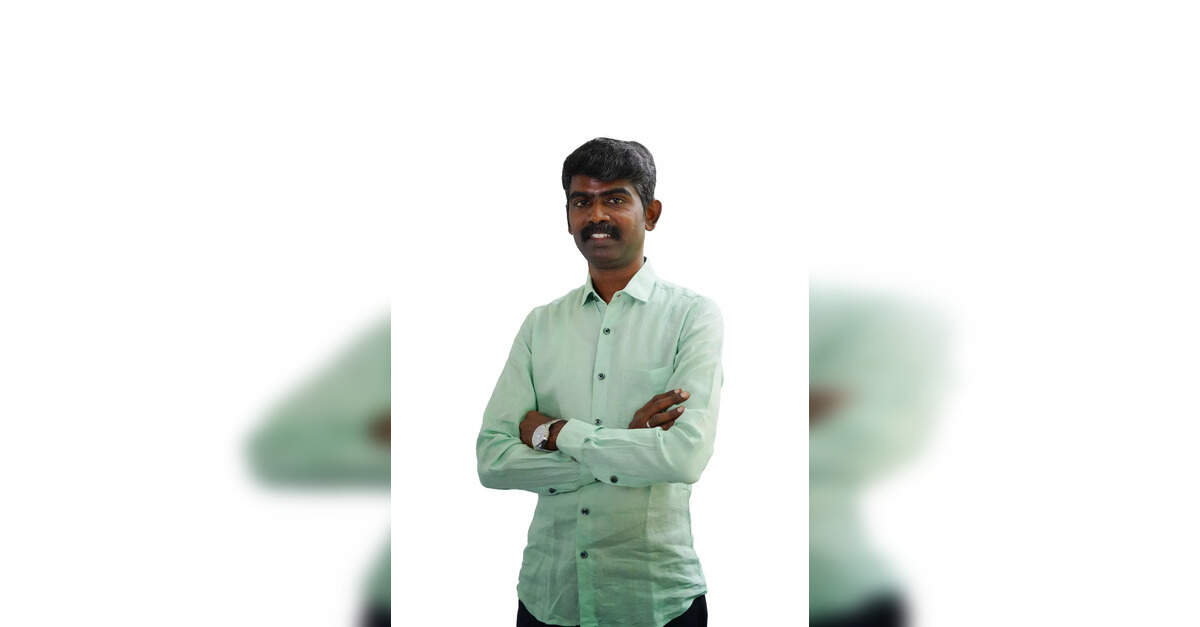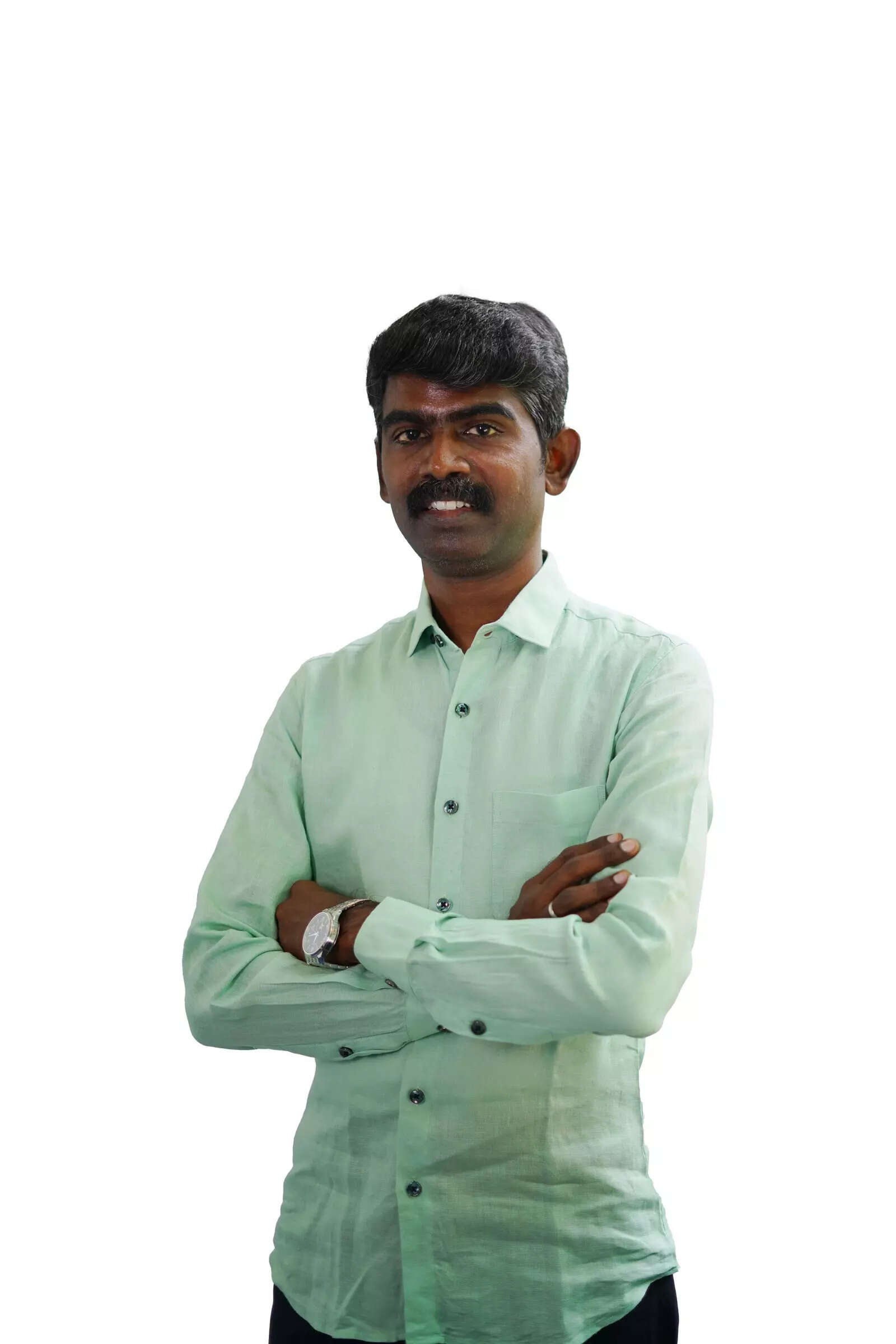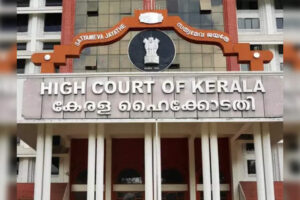
How Primbuds Garden School is shaping future-ready students, ETEducation

At Primbuds Garden School, Chennai, education is more than academics; it is a joyful journey of competence and compassion. Guided by the vision “to nurture competence with compassion,” the school has evolved from a modest preschool into a recognised CBSE institution that blends experiential learning with strong value systems.
With innovative initiatives such as Agathiyam – the ‘No Tuition Needed’ concept and Learning by Participation, Primbuds ensures that learning remains complete, confident, and joyful within the classroom.
Recognising this commitment, Primbuds Garden School, Chennai, was felicitated by The Economic Times at at EDNXT Chennai 2025 as part of “Navigating the Future: Education’s Changemakers”, and continues to stand for meaningful, inclusive, and future-ready education.
Sharing with ETEducation, J Senthilswamy, Owner of Primbuds Garden School, reflects on the school’s journey, the turning points that shaped its success, and how it continues to balance tradition with innovation. Here is the edited excerpt:
Q What was the vision that guided your school to become a trailblazer in education, and how has this vision shaped your journey so far?
When we started this school, our dream was simple – to build a space where children love to learn and teachers love to teach. I have always believed that true education must touch the heart before it trains the mind. Our vision, “to nurture competence with compassion,” has remained the compass guiding every decision we make.Over the years, this vision has shaped how we teach, how we connect with families, and how we define success. For us, academic excellence is important, but not enough. We want every child to leave our school confident, curious, and kind – prepared not just for exams, but for life itself.
Q Looking back, what turning points or bold decisions do you believe played a key role in your school’s success story?
Every journey has moments that change its course. For us, the first turning point came when we decided to go beyond traditional teaching methods and introduced experiential learning very early on. At a time when most schools were focused on marks, we were busy setting up STEM corners, language labs, and skill-based modules that allowed children to explore, question, and create.
The second turning point was when we grew from a small preschool to a recognized CBSE institution. It wasn’t easy, expanding while maintaining the warmth and personal touch that parents valued. We made a conscious decision to grow slowly but meaningfully, ensuring that quality never gave way to quantity.
Another defining moment was our investment in teacher empowerment. We realized that no matter how advanced the infrastructure or curriculum, a school is only as strong as its teachers. By giving them ownership, continuous training, and emotional support, we created a culture where innovation flows naturally from every classroom.
Q Every success story has its challenges. What were some of the major hurdles your school faced on its path to becoming a leader, and how did you overcome them?
Our path was not without challenges. One of the biggest was balancing affordability with quality. We wanted our school to be accessible to every aspiring family, yet uncompromising in standards. This meant being creative – designing low-cost, high-impact learning tools and focusing on teacher excellence rather than expensive frills.
Another challenge was teacher retention, especially in an era where education is fast changing. Instead of chasing higher salaries elsewhere, we wanted our teachers to find meaning right here. Through trust, transparency, and shared success, we built a family-like bond that kept our team together – a rarity in today’s times.
And of course, the pandemic was a test for all of us. When classrooms shut down, our hearts were heavy. But our teachers rose beautifully to the occasion. Overnight, they became tech-
savvy educators, connecting with children through screens yet maintaining emotional closeness. It proved that resilience and compassion are our greatest strengths.
Q How do you strike a balance between preserving traditional values in education while integrating cutting-edge practices like technology-driven learning or skill-based programmes?
For me, education has always been about finding the right rhythm between the old and the new. While the world around us is changing faster than ever, I strongly believe that our values must remain timeless. At our school, we never see tradition and technology as opposites – they complement each other beautifully.
Every morning still begins with silence, reflection, and gratitude. We encourage children to greet their teachers respectfully, to care for their surroundings, and to find meaning in the little things – habits that shape character far beyond academics. At the same time, we integrate robotics, and hands-on digital learning into our curriculum so that our students remain future-ready.
We often tell our children, “Let your roots keep you grounded as your wings help you fly.” Whether it’s celebrating festivals with cultural understanding or exploring global ideas through digital classrooms, we ensure that every student grows with both tradition in their heart and innovation in their mind.
Q Could you share one or two innovative practices that truly set your school apart and helped it gain recognition at “Navigating the Future: Education’s Changemakers”?
Among the many initiatives we are proud of, two truly define our ethos. Two initiatives that truly reflect our school’s spirit are Agathiyam and the STEM Collective. a. Agathiyam – The ‘No Tuition Needed’ Concept.
Agathiyam was born out of a simple but bold belief – a good school should be enough. We wanted our students to learn so meaningfully within school that they never feel the need for outside tuition. Through continuous assessment, remedial support, and a strong teacher student connection, we ensure that every child learns at their own pace and feels confident. Teachers spend extra time clarifying doubts, and learning extends beyond the textbook through activities, projects, and peer learning.
This initiative has helped parents see real value in the schooling process and restored faith in the idea that learning can be complete, joyful, and stress-free within the school itself. b. Learning by Participation
Every student from kindergarten to middle school participates in at least one event or project each year. Whether it’s building a simple machine, or explaining a science concept through a model, every child gets a platform to create, present, and be proud. The idea is to move from “watching” to “doing.” We’ve seen students who were once shy blossom into confident presenters, explaining complex ideas in simple, beautiful ways. The collective has built not only technical curiosity but also teamwork, communication, and resilience — skills that truly prepare them for the world ahead.
Q What does this recognition of “Navigating the Future: Education’s Changemakers” mean for your school, your teachers, and your students, and how do you plan to take this legacy forward in the future?
Being recognised by The Economic Times among Southern India’s top school leaders is not just an honour – it is a moment of gratitude. It reminds me of the many parents who trusted us when we were small, the teachers who stood by every challenge, and the students who continue to make us proud every single day.
For our teachers, this recognition is a validation of their tireless efforts and faith in our vision. For our students, it is motivation and proof that when you learn with love and lead with purpose, the world takes notice. For me personally, it is a gentle reminder that education is a lifelong mission, not a milestone.
As we look to the future, we are preparing to expand into a full-fledged K–12 campus by 2028, with a focus on sustainability, digital literacy, and global collaboration. But our heart will always remain the same – a humble school that believes every child has the power to change the world, one thoughtful step at a time.
Source link



